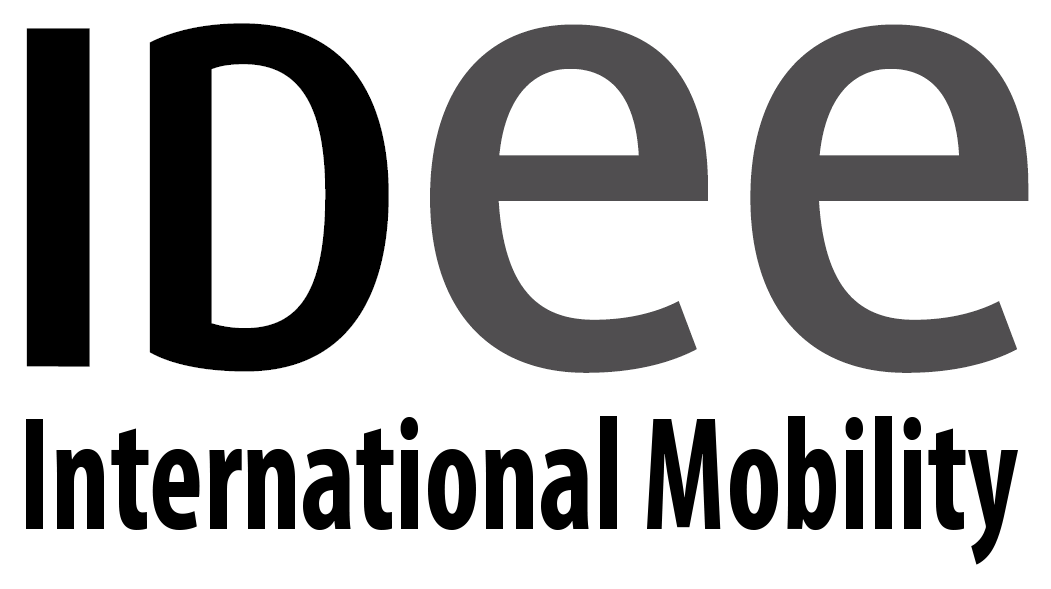MUSEUMS
Lleida Museum
The Lleida Museum is the city’s great museum landmark. Visiting the more than 7,000 square meters implies immersing yourself in the history of Lleida, taking prehistory as a starting point and reaching the contemporary era. The museum collection is the result of the union of two centuries-old collections with the aim of bringing together, in the same building, the museum assets of the city and its areas of influence. One is that of the art form, the Diocesan Museum and heir to the museum created in 1893 by Bishop Messenger. The other is the archaeological collection of the Institute of Ilerdenses Studies (IEI), which has its origin in the Museum of Antiquities created in the mid-nineteenth century, the collection of which became part of the IEI in 1942. In addition, the museum houses the collection of coins from the Numismatic Cabinet of the Diputación de Lleida, as well as some objects from the so-called Treasury of the Cathedral. Among the 974 works of art and archeology that are housed in the museum’s permanent exhibition, the sets from the Bronze Age (from sites such as Genó, in Aitona), Iberian (Gebut, in Soses) and Roman (Roman Villa of Romeral) periods stand out (in Albesa), as well as the Visigothic complex of the Bovalar with the baptisetery as the most emblematic object. Also, worthy of note are the rock crystal chees pieces from Ager (Fatimid period, 11th century); the altra fronts from the Romansesque period; the stone sculptural elements from La Seu Vella; the wall paintings of the Pia Almonia; Gothic painting on the table in the Ferrer’s workshop; the 14th century sculpture belonging to the so-called School of Lleida; the Flemish tapestries or the suit of Pope Calixto III.

Jaume Morera art museum
Museum that contains a collection of modern and contemporary art, where the contributions of Lleida artists are adequately contextualized and that supply all the art of the 20th century and are projected into the 21st century. We can find from the realistic landscapes of the late nineteenth century to the most outstanding proposals of current art, passing through the avant-garde of the thirties, where the work of Leandre Cristófol stands out, and the experimental manifestations that go from the sixties to the ninety. The Jaume Morera Art Museum was created in 1914 from the donations of the painter Jaume Morera y Galicia, a series of deposits from the Prado Museum and the works of pensioners for the Lleida Provincial Council. It was inaugurated in 1917 and since 1993, its ownership is municipal. Over the years the Museum has known different venues, a reflection of the events that it has experienced in its long history: the disappeared Mercado de San Luís, the Old Hospital of Santa Maria and the Convent of Roser. Currently, the headquarters are located in the historic Casino building (Av Blondel, 40-42 and c/ Major 31).
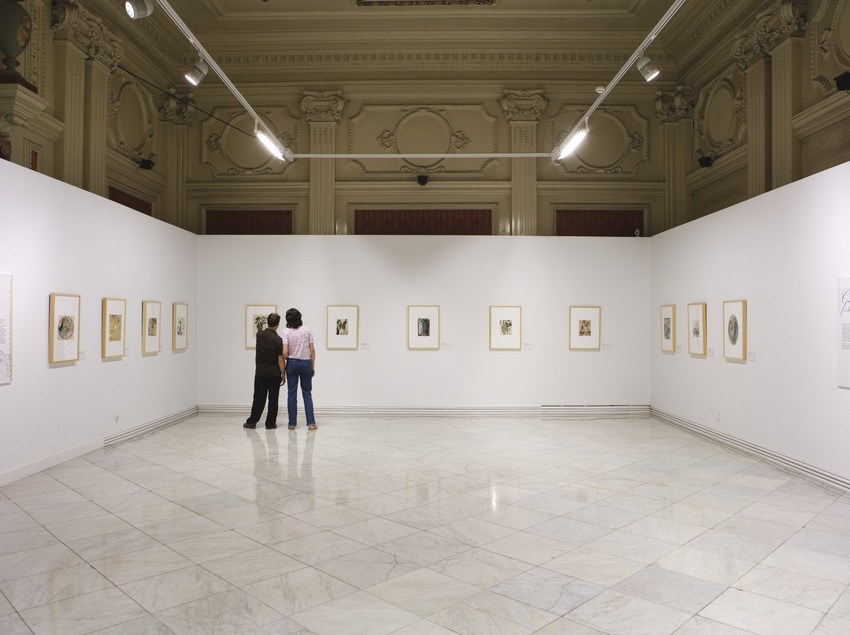
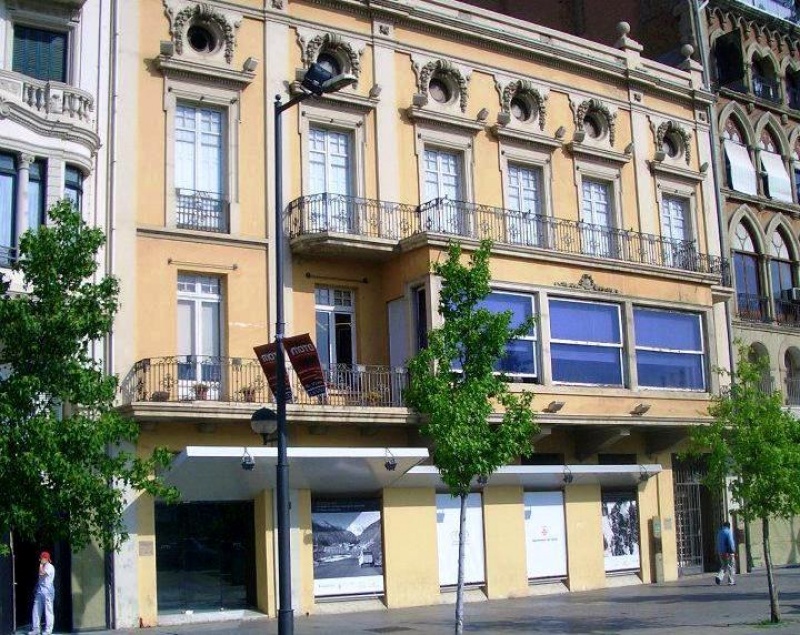
La Panera art center
La Panera Art Center is a contemporary art facility that allows us to discover the most recent artistic manifestations through the different exhibitions and activities that are programmed. The center’s commitment to the dissemination of contemporary art is made effective through commented visits for all audiences and free access to the specialized bibliographic collection available at the Documentation Center. Always convinced that current art is an indispensable tool to understand our world and become aware of the issues and issues that affect, not only artistic creation, but also society in general. The center has also been conceived as a platform for the production and exhibition of visual arts in our country, with the aim of making possible to establish bridges between visual creation and creation that is generated in other cultural fields.
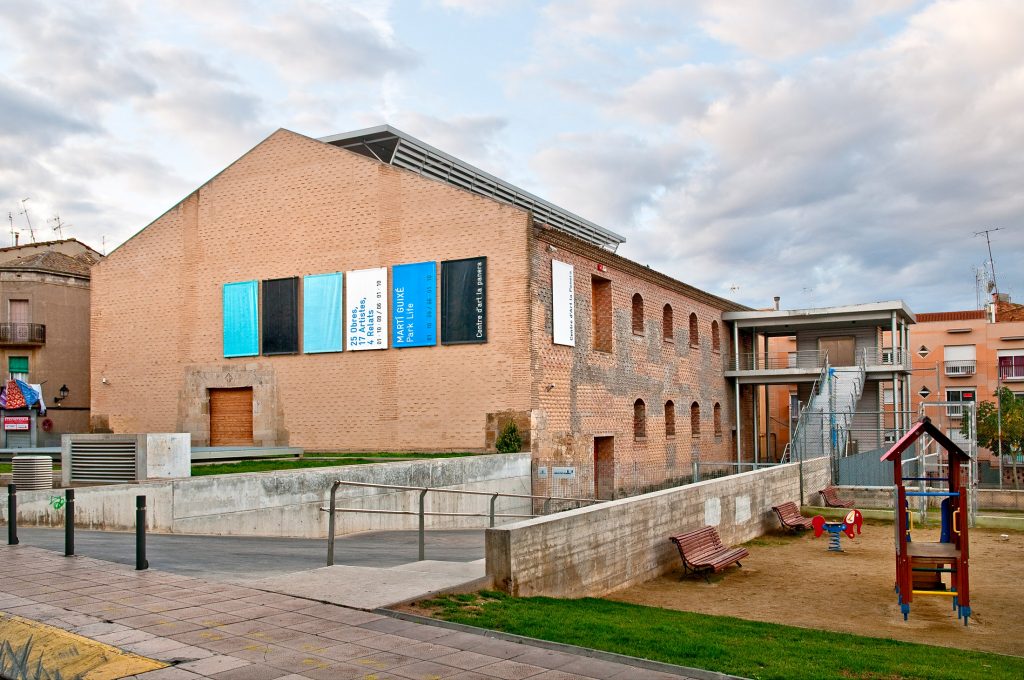
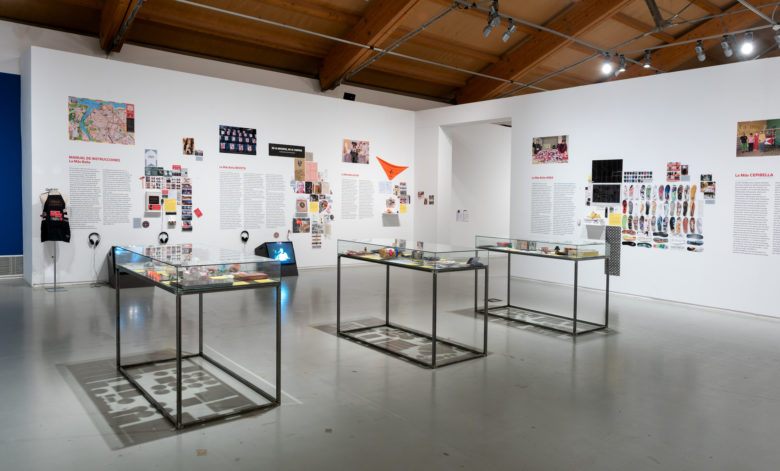
Water museum
The Water Museum is made up of different spaces scattered around the city and the Lleida garden. Its central nave is the ‘Campamento de la Canadiense’ and it is followed by the Pla del Agua diposit, the Ice Wells, the San Anastasi Mill, the monumental fountains and the Piñana and Seròs canals. Lleida was born on the banks of the Segre River and has developed an extensive network of canals and ditches that make the capital, one of the largest irrigated areas in the State. In addition, the Serós industrial canal, which is a powerful producer of hydroelectric energy, runs through the city. It is also supplied by the Piñana canal, considered the oldest active canal in our country. The Water Museum is a local museum with different points of interest spread throughout the region.
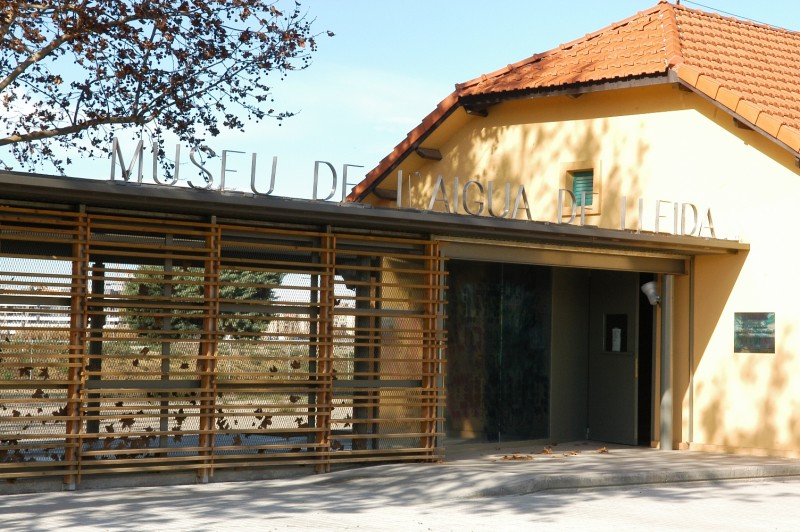
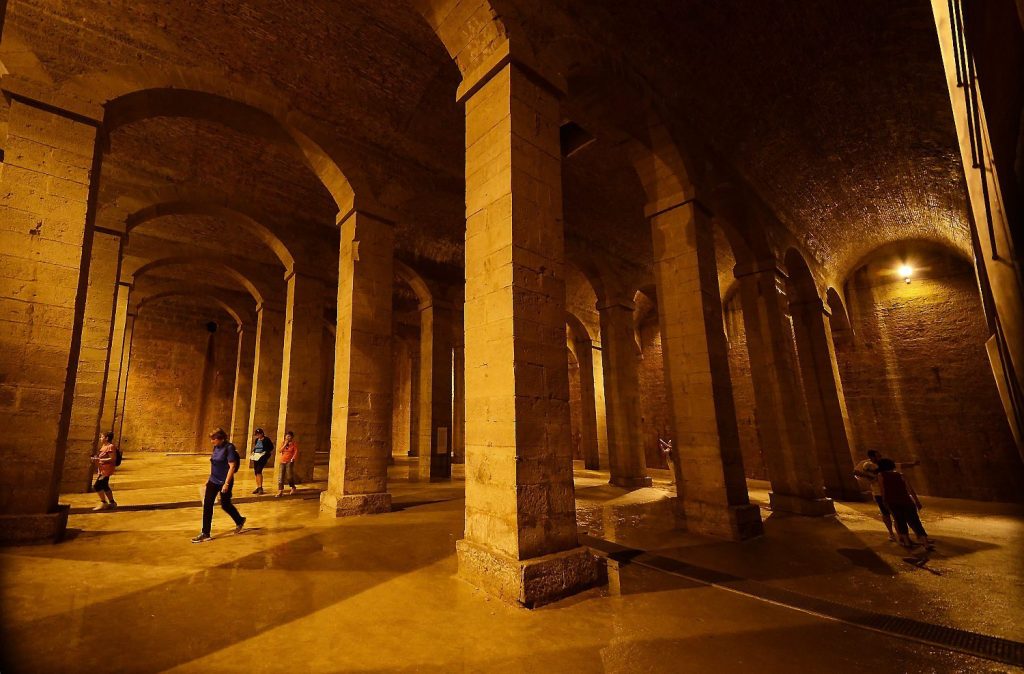
Automotive museum – Roda Roda
The Roda Roda – Lleida Automotive Museum is installed in an old mechanical workshop, next to the ‘Camps Elisis’ and which has been conditioned respecting its original structure as much as possible. It presents an extensive collection of cars, motorcycles, engines and scale reproductions that invite us to take a trip through the world of the automotive industry through history. They transport us to past times that allow us to reflect on the evolution of the technique and on the social changes that have surrounded it. These pieces recall the fundamental necessity that, since ancient times, transportation for human beings has meant.

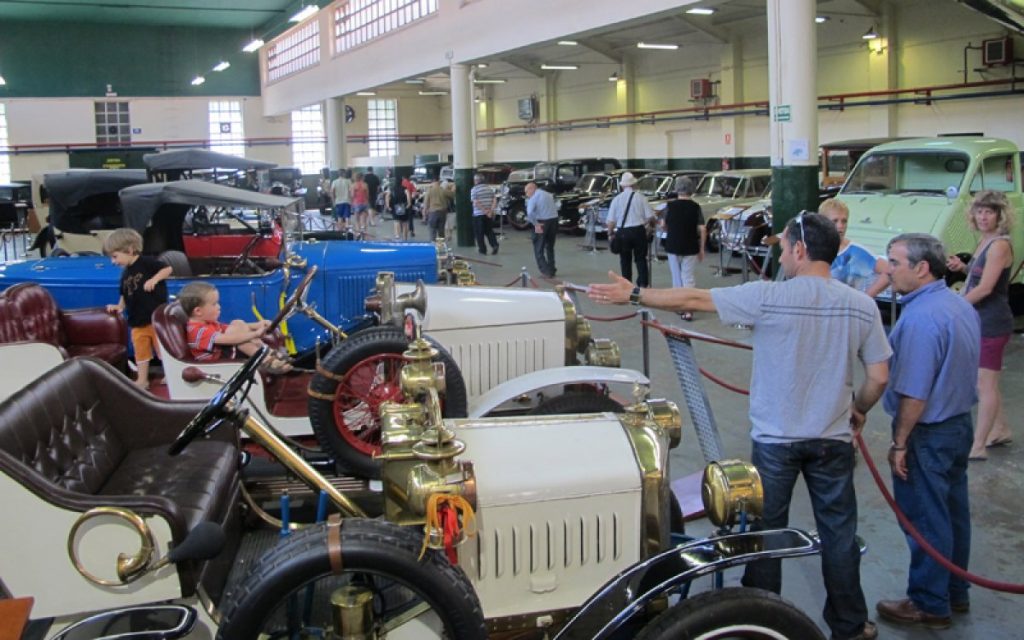
House of the Giants
Part of the desire to create a framework space where to gather the collection of the municipal festive compassion and open it, also, to other groups, troupes, elements and festive motifs that make up the traditional and popular culture of the city of Lleida, with a special incidence in the Fiesta Mayor, in such a way that they are represented.
In the House of the Giants, you can see:
– The Giants that make up the current group of the Giants of Lleida.
– The ‘Capgrossos’ from the municipal troupe.
– The Caballitos del Baile de Caballitos.
– The Traps and the Banner, along with the dresses of the Heralds, Singnifieros and Town Crier.
– The Marraquitos of Lleida.
– The Marraco that is present through diverse graphic material.
– The Baile de Canes, the Dande of Moors and Christians and the Moixiganga.

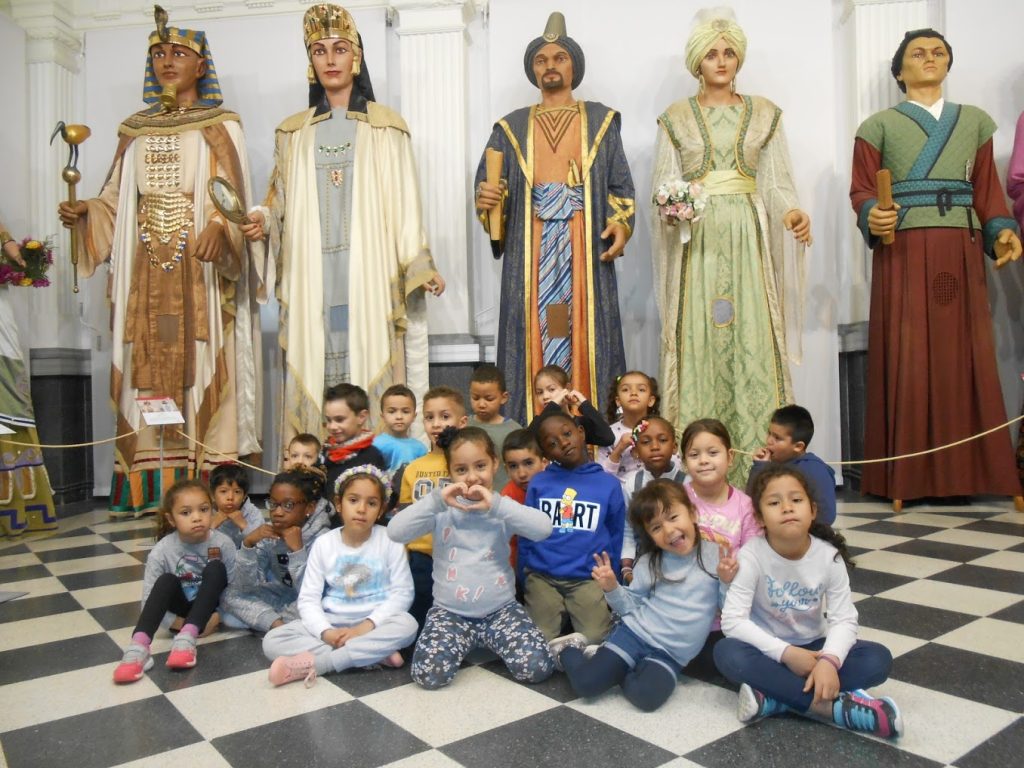
CaixaForum Lleida
It is a cultural space open to all citizens, with a regular program of exhibitions, conferences, debates, projections, educational activities and workshops. A center for all the publics that encourages integration, dialogue, connection and education. CaixaForum Lleida occupies a modernist anti-cinema Viñes building, an immovable by the architect Francesc de Paula Morera Gatell, from 1920, which was one of the first cinemas of the city located in the historic center. In 1990, it became the Cultural Center of the ‘La Caixa’ Foundation and in 2008, it became the CaixaForum Lleida.

Sorigué Foundation
The Sorigué Foundation, in its vocation to contribute to the development and artistic creation, has made up one of the most recognized private contemporary art collections in Spain for the last fifteen years. Made up of more than 450 works, the collection is distinguished by a marked humanistic character and a great didactic vocation. Since its opening in 2012, various exhibition proposals linked to artists represented in the collection, such as Antonio López, Win Wenders, Chiharu Shiota, Oscar Muños or Mat Collishaw, have been temporarily presented at the Foundation Museum. All exhibitions are accompanied by a pedagogical project and proposals for the complementary activities aimed at bringing the samples closer to all audiences, guaranteeing the achievement of one of the main objectives of the foundation: to educate in art and through art. Along the same lines, the foundation is distinguished by weaving an extensive network of collaborations with other entities and by carrying out an active loan policy.
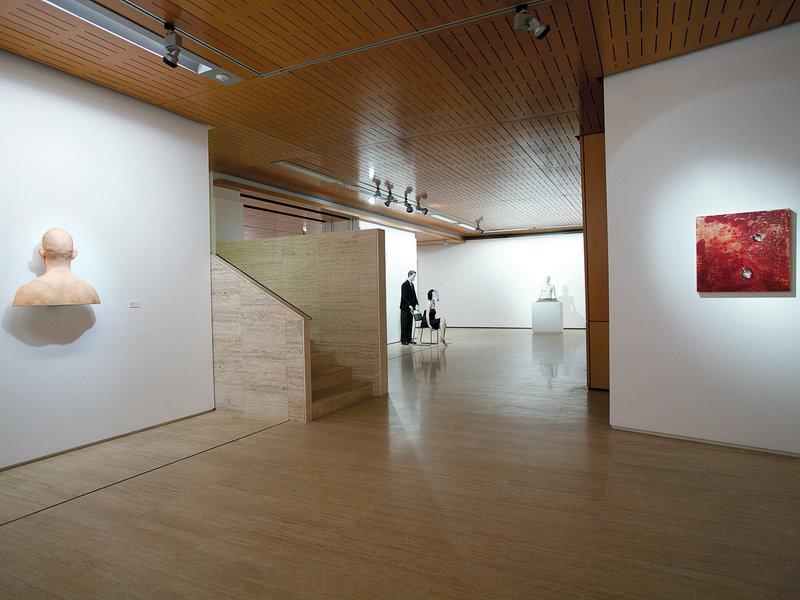
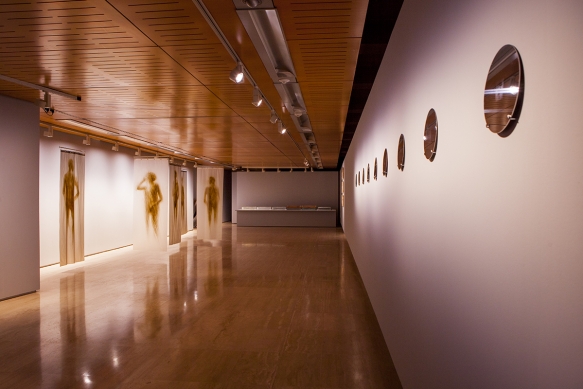
Vallpalou foundation
The Vallpalou private Foundation was created in 2008 in order to promote culture and art among citizens and especially the promotion of plastic arts and contemporary painting, stimulate the exchange of artistic experience, promote a critical spirit and initiative individual in the proactive development of artistic activities and offer spaces where citizens can develop their sensitivity and enjoy the practice of the arts. Likewise, it is in charge of publicizing, promoting and cataloging the work of the founder, Teresa Vall Palou. Exhibitions, conferences, seminars, book presentations and cultural events mark the Foundation’s cultural and artistic calendar.
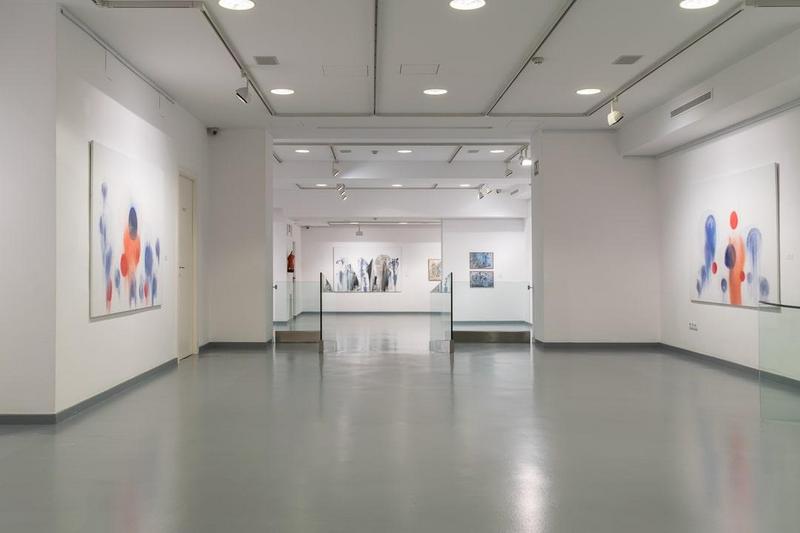
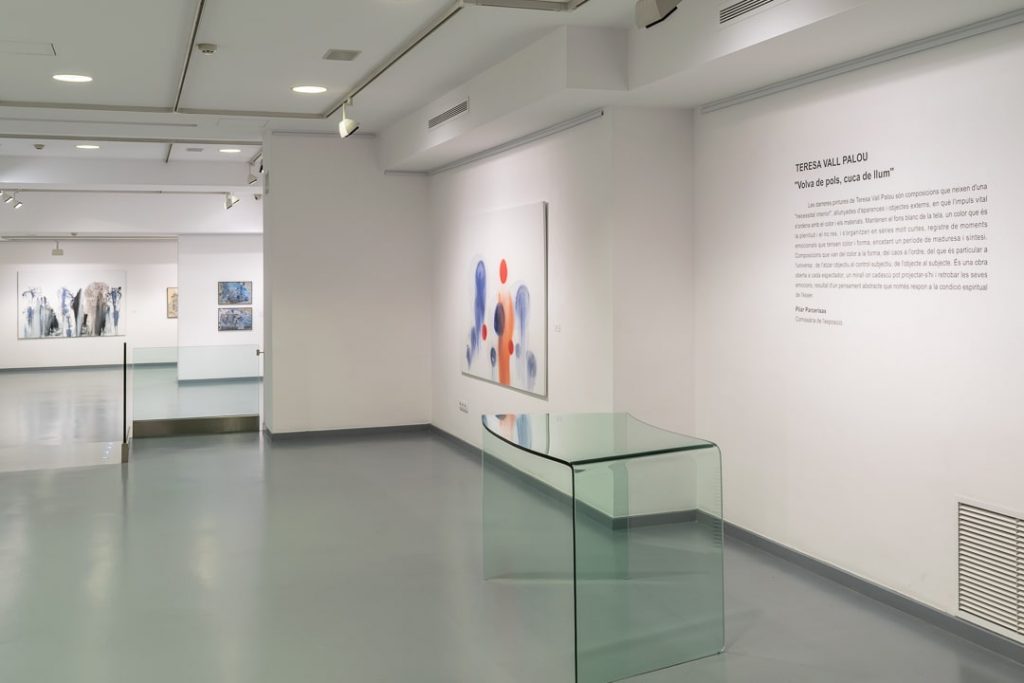
Cavallers gallery space
The Espacio Cavallers gallery opened its doors in November 2004, in the historic center of Lleida, in order to promote and disseminate the work of contemporary art artists in a line that ranges from figuration to pictorial abstraction and other expressions of art contemporary. The Espacio Cavallers Gallery represents the artistic production of more than 50 artists, their works of art have been shaping the identity of the Gallery since its inception. Face that has allowed Espacio Cavallers to have a wide collection of art by these artists who are part of the history of the Gallery. Around 10 exhibitions are scheduled each year, both individual and collective, where both Gallery artists and new artists participate, with the aim of offering our visitors a wide selection of current artistic production.


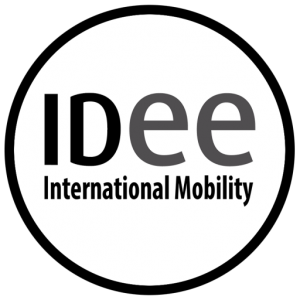
Plaça Sant Llorenç 5-6, 4º
Lleida 25002
Tel. 630 429 931
idee@fidee.eu
